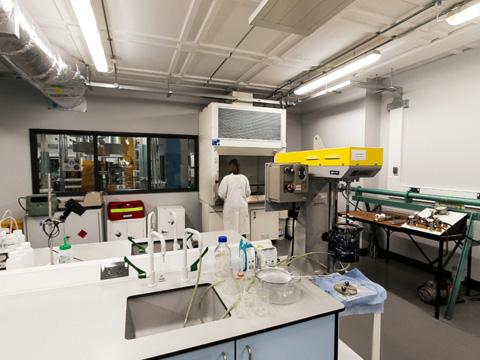
What is the growth forecast for composite preform market?Īnswer: The composite preform market is expected to grow at a CAGR of 7.1% from 2022 to 2028. Analysis of competitive intensity of the industry based on Porter’s Five Forces model.Strategic Analysis: This includes M&A, new product development, and competitive landscape for the composite preform market.Growth Opportunities: Analysis of growth opportunities in different end use, technology, fiber type and regions for the composite preform market.Regional Analysis: Composite preform market breakdown by North America, Europe, Asia Pacific, and the Rest of the World.Segmentation Analysis: Market size by end use, technology, fiber type and region.Trend and Forecast Analysis: Market trends (2017-2022) and forecast (2023-2028) by various segments and regions.Market Size Estimates: Composite Preform market size estimation in terms of value ($M) and volume (M lbs).North America is expected to remain the largest region over the forecast period due to presence of aero-engine manufacturers, aerospace composite part fabricators, and OEMs.Aerospace will remain the largest end use segment and is also expected to witness the highest growth over the forecast period due to increasing usage of preforms in turbofan engines and fuselage frames of commercial aircrafts and stator vane of jet engines.Lucintel forecasts that carbon fiber based preform will remain the largest segment over the forecast period due to its lightweight and high strength capabilities.With these strategies composite preform market companies cater increasing demand, ensure competitive effectiveness, develop innovative products & technologies, reduce production costs, and expand their customer base. Some of the composite preform market companies profiled in this report include. Major players in this market focus on expanding their manufacturing facilities, R&D investments, infrastructural development, and leverage integration opportunities across the value chain. Engine efficiency can also be increased with hotter combustion and exhaust temperatures.Companies in the market compete on the basis of product quality offered. Fuel to coolant ratios can be balanced more readily to reduce weight. The ceramics can run hotter, so less cooling is required. In general, the use of advanced ceramic materials can lead to improved engine and vehicle performance. The larger exit plane leads to an increase in expansion area ratio, which has the potential to increase thrust and overall rocket performance. For the case of collapsible nozzle extensions, a larger nozzle, and thus a larger nozzle exit plane, is possible because interference with surrounding structures can be avoided in the collapsed state. The collapsibility of these structures allows for larger components to be designed and used, and also offers the potential for increased vehicle performance. The flexibility of the material, combined with its high-temperature structural capacity after rigidization, leads to a less complex component design with an increased temperature range. The final ceramic composite yields a high-temperature, high-strength material suitable for a variety of aerospace structures. The pre-ceramic composites are converted to ceramics and rigidized immediately after deployment. The component can be assembled into its final shape by taking advantage of the elasticity of the material, which permits the structure to unfold and spring into its final form under its own stored energy.

The infiltrated preform can then be deployed in-situ. With this approach, the part remains as one continuous piece, rather than being fabricated as multiple sections, which would require numerous seals for eventual component use. It is then folded or rolled into a much more compact shape, which will occupy a smaller space.

The green or unfired material is fabricated into its final shape while it is still pliable. For demonstration purposes, a 2D carbon weave was infiltrated with a SiC polymer precursor. The matrix material can also vary considerably. The preform architecture can vary from chopped fibers formed into blankets or felt, to continuous fibers formed into a variety of 2D or 3D weaves or braids. These materials are comprised of either ceramic or carbon fiber performs, which are infiltrated with polymer precursors that convert to ceramics upon thermal exposure. Self-Assembling, Flexible, Pre-Ceramic Composite Preforms In this innovation, light weight, high temperature, compact aerospace structures with increased design options are made possible by using self-assembling, flexible, pre-ceramic composite materials.


 0 kommentar(er)
0 kommentar(er)
